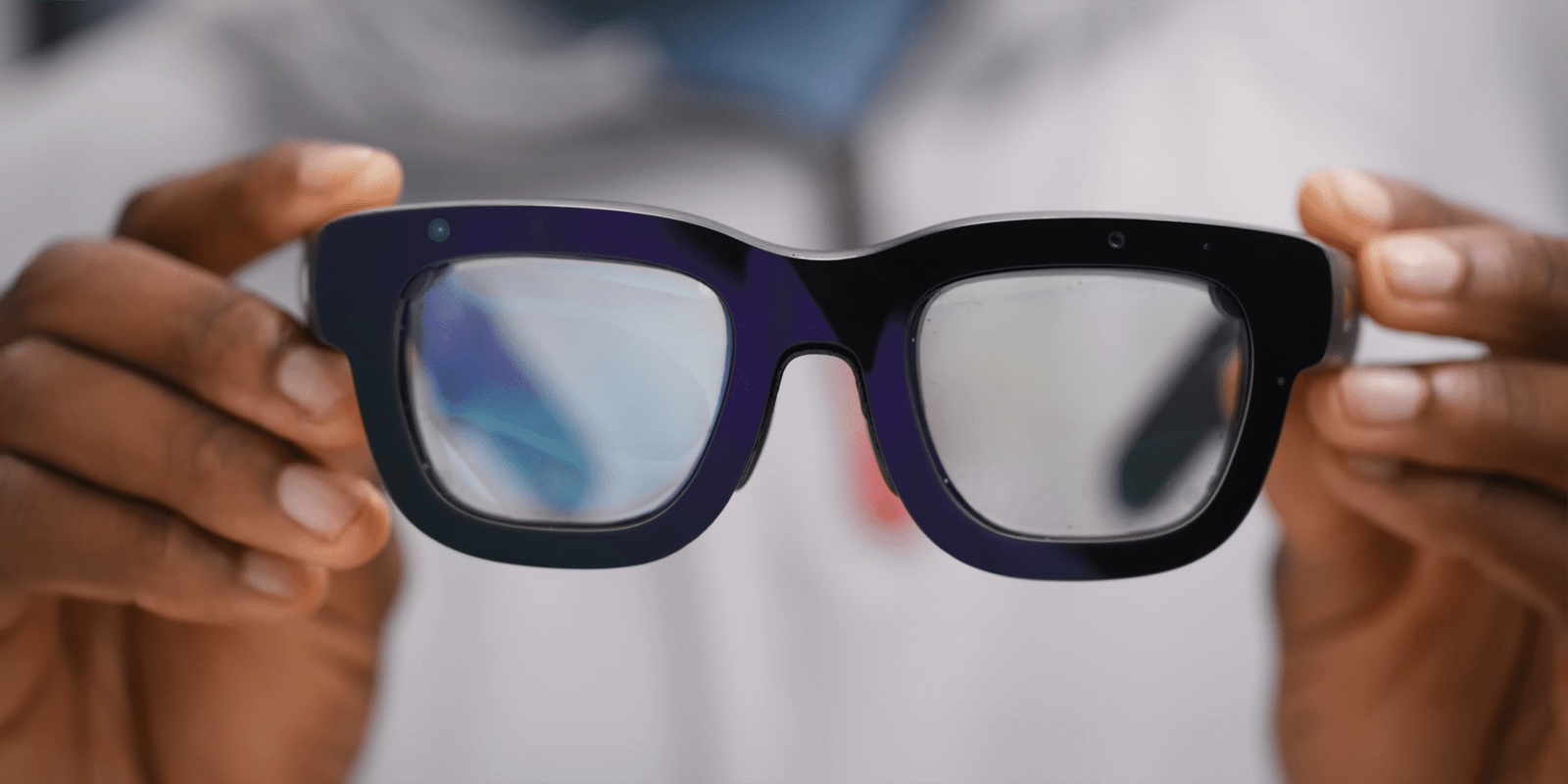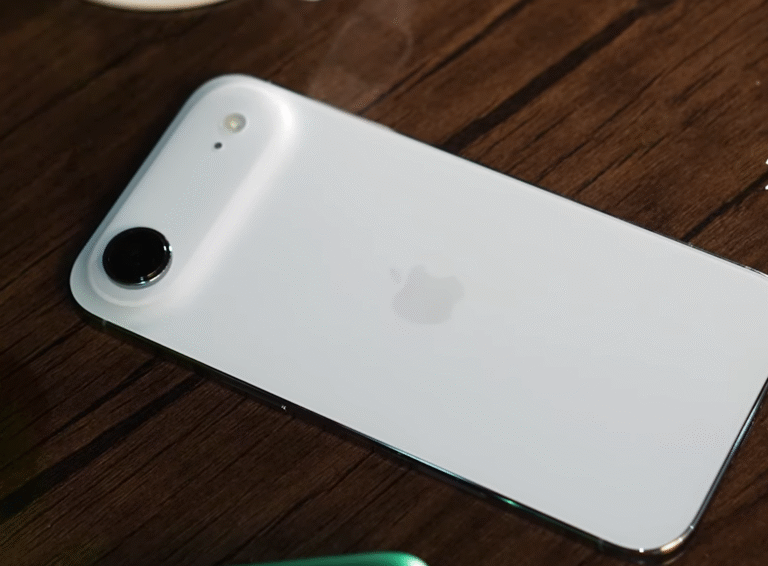
The world of technology never slows down, especially during what many now call “Techtember.” Just as Apple’s new iPhones were making headlines, Meta quietly launched a product that feels far more futuristic — the Meta Ray-Ban Display smart glasses. What makes these glasses stand out is how quickly they’ve evolved from experimental prototypes into a consumer-ready device that you can actually buy this year.
Only ten months ago, Meta showcased its Orion AR glasses prototype, a bold but impractical concept. That device cost upwards of $10,000 in raw materials, required a separate computer puck for processing, overheated quickly, and only lasted about an hour on a charge. It was fascinating but far from a real product. Fast forward to now, and Meta has delivered something refined, polished, and surprisingly capable.
Design and Display
The Meta Ray-Ban Display is essentially the next step in Meta’s smart glasses journey. At first glance, they resemble stylish sunglasses, but hidden inside is an advanced display system. Unlike full AR glasses that cover your field of view, these use a monocular display — meaning visuals appear only in your right eye.
The display sits just below and to the right of your natural line of sight. It’s sharp, full color, and capable of 42 pixels per degree, which is more than enough for reading text and seeing details clearly. Brightness is also impressive, maxing out at 5,000 nits, making it visible even in bright sunlight. This turns the glasses into a heads-up display (HUD) that you can activate or dismiss at will.
Neural Band Controls
Controlling the Meta Ray-Ban Display is one of its most futuristic features. Instead of relying solely on voice commands, Meta uses a neural band worn on your wrist. This band relies on surface EMG technology, which reads the tiny electrical impulses from your muscles.
With a little practice, you can perform gestures to scroll, select, or adjust volume by pinching the air and twisting your hand. The accuracy and reliability are impressive, and Meta has improved this system significantly from earlier prototypes. What once felt experimental is now functional and intuitive.
Even text input, which sounded impossible just months ago, now works flawlessly. By simply drawing letters in the air, you can write out full sentences quickly and without errors. It’s one of the most surprising and useful features of the entire system.
No More External Computer
A key improvement over the Orion prototypes is that the entire system is self-contained. There’s no bulky computer puck, no separate processor — everything is built into the glasses themselves.
At 69 grams, they are heavier than standard glasses but not uncomfortable. While you won’t forget you’re wearing them, they strike a balance between practicality and cutting-edge tech. Importantly, Meta also considered aesthetics. Since these glasses are designed to be worn in public, style matters. They come in two colors — black or sand — each paired with a matching neural band.
Charging Case Innovation
The charging case deserves special mention. Unlike most cases, this one is foldable. You can store the glasses inside or collapse the case flat when you don’t need it. Despite its compact design, it holds enough charge for four additional recharges, extending the usability of the glasses dramatically.
Everyday Use Cases
Meta’s earlier Ray-Ban smart glasses were mainly popular for recording POV videos, thanks to built-in cameras. But the addition of a display changes the game completely. Here’s what the screen enables:
-
On-Screen UI – You can now navigate the interface using gestures without relying only on voice commands.
-
Camera Viewfinder – See exactly what you’re recording or photographing in real time.
-
Messaging & Calls – View texts and participate in video calls directly from your glasses, with the forward camera sending a live POV feed.
-
Maps & Navigation – Get turn-by-turn directions that move with your head, perfect for people with poor sense of direction.
-
Live Subtitles & Translation – The glasses can caption conversations in real time and even translate languages on the fly.
These features move the glasses beyond novelty and into real practicality.
Price and Availability
The Meta Ray-Ban Display launches at $800. While that price may sound steep, it’s actually more affordable than many expected, especially compared to the Orion prototype’s theoretical $10,000 cost. It’s also competitive with premium smartphones, making it a potential gateway to mass adoption.
It’s likely that Meta is selling these glasses at a loss, subsidizing hardware costs to build momentum and capture market share early.
Privacy Concerns and Limitations
However, this is still a Meta product, which brings up unavoidable privacy concerns. The glasses rely heavily on Meta’s ecosystem, meaning apps and data remain tightly controlled. Messaging and video calls run through WhatsApp, navigation uses Meta’s own maps (not Google Maps), and entertainment leans heavily on Meta-owned platforms like Instagram.
The only third-party integration so far is with Spotify for music playback. At launch, there’s no app store, though Meta claims one will arrive in the future. For now, that limits the flexibility of the glasses.
Rapid Evolution
Despite these concerns, what’s most striking is how quickly this technology has progressed. In less than a year, Meta went from a bulky, impractical prototype to a sleek, functional consumer product. Competing companies like Samsung and Google are rumored to be working on their own versions, but for now, the Meta Ray-Ban Display is the most advanced consumer smart glasses with a built-in screen.
A Glimpse of the Post-Smartphone Future
The Meta Ray-Ban Display raises an interesting question: could smart glasses eventually replace smartphones? For now, the glasses still need to connect to a phone for full functionality. But the convenience of snapping photos hands-free, reading messages in your field of view, and navigating without pulling out a device hints at what a post-smartphone world might look like.
Of course, there are social challenges too. It’s already considered rude when someone checks their phone mid-conversation. How will people feel when glasses-wearers subtly glance down to the right, possibly checking messages or notifications without you knowing?
Final Thoughts
The Meta Ray-Ban Display isn’t perfect. It’s tied to Meta’s services, raises questions about privacy, and lacks the freedom of an open app ecosystem. Yet, it’s also the most polished and capable smart glasses available today.
For $800, you’re getting cutting-edge technology in a form factor that looks fashionable enough to wear in public. The addition of a display transforms Meta’s glasses from a POV camera gadget into a multi-functional wearable computer.
If this is the pace of progress, the next few years could see smart glasses move from niche devices into mainstream tech — and possibly even challenge the dominance of smartphones.



